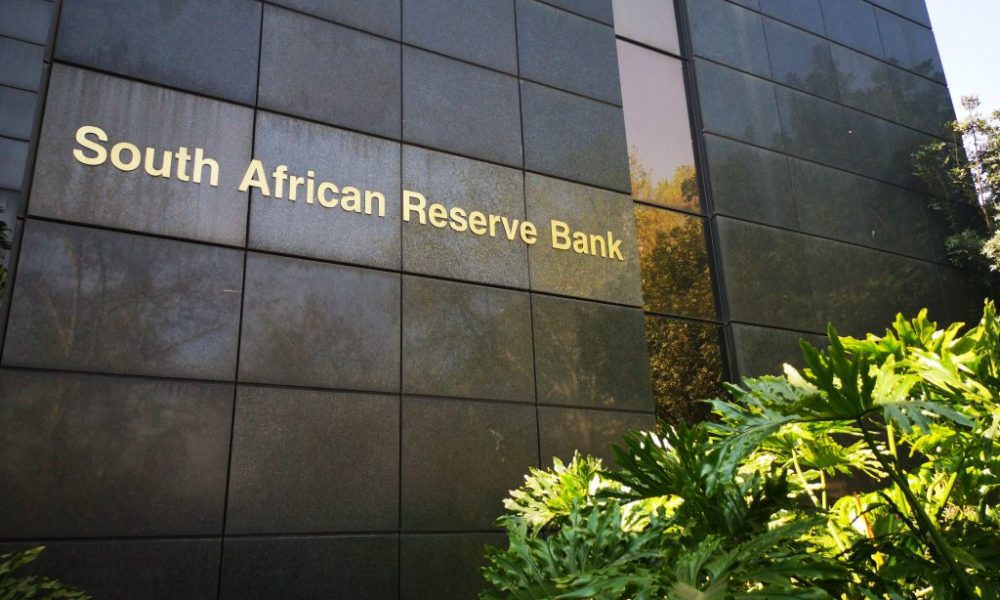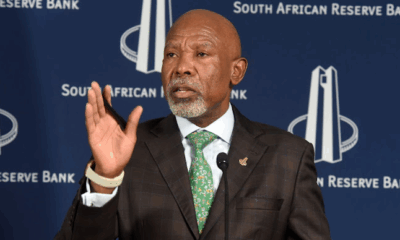Business
Bank of America Says South Africa’s Rate Cuts Are Likely Over for 2025

For South Africans quietly hoping for another interest rate cut before the year wraps up, Bank of America has some bad news. The global financial powerhouse believes the South African Reserve Bank (SARB) has likely reached the end of its cutting cycle, at least for now.
Over the past year, the Reserve Bank’s Monetary Policy Committee (MPC) lowered rates by a total of 125 basis points, bringing the repo rate down from 8.25% to 7%. This was welcome relief for consumers, especially after years of steep hikes aimed at cooling inflation. With inflation sitting comfortably near 3%, the lower end of SARB’s 3% to 6% target band, optimism began to spread that another cut could be on the horizon.
But that optimism may have been premature.
Why the Optimism Fizzled
At its September meeting, the MPC decided to keep rates steady. Four of the six committee members voted to hold, while two argued for a small 25 basis point cut. According to Tatonga Rusike, Bank of America’s Chief Sub-Saharan Africa Economist, this split decision reveals a cautious optimism among some members, but not enough to tip the balance.
Rusike noted that a small group within the committee might consider another trim to 6.75% if inflation takes a deeper-than-expected dip. Yet Bank of America’s latest forecasts suggest the opposite may happen soon.
The bank projects inflation will climb from 3.5% in September to 4% in October, largely due to rising fuel costs and the end of year-on-year fuel deflation. If this holds, headline inflation is expected to stay above 4% for the rest of the year, closing the door on further cuts.
“It’s time to see how the previous rate cuts play out,” Rusike explained. “We’ll reassess if October inflation drops below 4%, but for now, we expect no more rate changes until at least mid-2026.”
Inside SARB’s New Inflation Game Plan
Behind all the speculation sits a deeper shift within the Reserve Bank itself. Over the past year, SARB has been working toward a new inflation target that could reshape how monetary policy decisions are made in the future.
Traditionally, the bank aimed for the midpoint of its 3% to 6% range, around 4.5%. However, in July, SARB Governor Lesetja Kganyago revealed a “preferred” target of 3%, arguing that lower inflation would make the country more globally competitive and protect households from price shocks.
The move ruffled feathers in Pretoria. Finance Minister Enoch Godongwana reportedly bristled at the SARB’s premature announcement of what he called an “informal” target, noting that the official range is the Treasury’s domain. The two institutions are now working together to finalise a new target band.
Despite the political tension, Deputy Finance Minister David Masondo has thrown his support behind a lower inflation goal. Speaking at the RMB Morgan Stanley Investor Conference, he said South Africa’s current framework is too broad and must narrow over time to create stability and confidence.
“Low and stable inflation supports competitiveness, boosts demand, and reduces borrowing costs,” he said. “It also helps prevent the social unrest that high inflation and unemployment can trigger.”
Why It Matters for Ordinary South Africans
For homeowners, business owners, and anyone with a loan, the implications are straightforward. With rates unlikely to drop again soon, debt repayments will remain steady, and saving may still be the safer bet over spending.
But there’s a silver lining. A stronger stance on inflation could mean long-term stability for the rand and fewer price shocks at the till. For now, though, South Africa will need to navigate a delicate balance: keeping inflation low without choking off economic growth.
In short, as global giants like Bank of America see it, the easy-money era is over for now. The next few months will tell whether South Africa can hold its nerve and its prices.
Also read: Don’t Fall for the “Settlement Notification” Scam: What SARS Wants You to Know
Follow Joburg ETC on Facebook, Twitter, TikT
For more News in Johannesburg, visit joburgetc.com
Source: Business Tech
Featured Image: Financial Regulation Journal



























